Here's yet another museum covered under the Paris Museum Pass. Don't just content with wandering around the ground level, do join the guided tour that brings you to high places.
The Panthéon (Latin Pantheon, from Greek Pantheon, meaning "Every god") is a building in the Latin Quarter of Paris, France. Paris' Pantheon was originally built as a church dedicated to St. Genevieve, modelled after the Pantheon in Rome, but after many changes now combines liturgical functions with its role as a famous burial place. source
The Pantheon-Sorbonne University is right in front of the Pantheon.
In 1744, King Louis XV expressed his desire to dedicate a prestigious building to Genevieve, the patron saint of Paris. The architect Soufflot was commissioned to undertake this project. In 1791, the monument was turned into the national Pantheon; the burial of Victor Hugo in 1885 enshrined this secular use of the building. The crypt holds the graves of the great men and women of the nation including Voltaire, Emile Zola, Jean Moulin and Marie Curie. The full tour takes in the neo-classical architecture, painted and sculpted decorations from the nineteenth century and a reconstitution of Foucault's 1851 pendulum experiment.
In 1744, King Louis XV vowed to devote a prestigious edifice to Genevieve, the patron saint of Paris, and entrusted the project to Soufflot (1713 - 1780). In 1791, the monument was transformed into a national Pantheon, a civic purpose which was definitely confirmed in 1885 with the burial of Victor Hugo.
The church of Sainte-Genevieve, which became the Pantheon, is Soufflot's major work. It was one of the most ambitious building projects of its time, in response to a prestige-driven policy supporting the arts and urban beautification. The architect Rondelet continued Soufflot's work after his death.
Soufflot produced one of the largest neo-classical buildings in Europe and reinvigorated religious architecture through technical prowess. He returned isolated columns to their use as supports, as they were originally employed in the temples of Antiquity. To strengthen the building, he included metal reinforcements in the stonework. The interior space, designed in the form of a Greek cross, is free of large structures, enjoying the soaring aspect and lightness of Gothic architecture.
The dome reaches a height of 82 metres and in its day was unmatched in France in terms of scale. Until the construction of the Eiffel Tower, the Pantheon remained the tallest building in Paris.
The view from the ground looks surreal enough.
Here's the view from above.
It's like the Louvre but with masterpieces in their original places.
Going down to the Crypt.
Whether at ground level, up or down, outside or inside, Le Pantheon is definitely not to be missed (time to visit the Pantheon in Rome, built as early as the 128AD)!

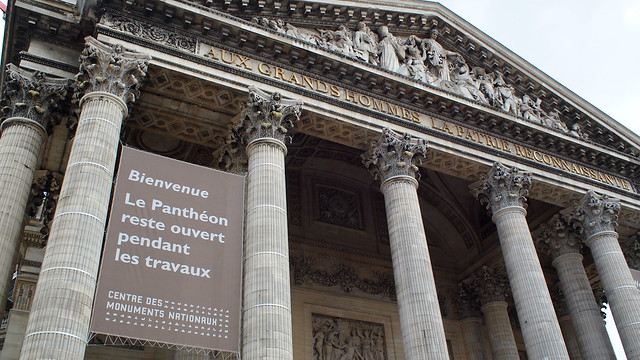


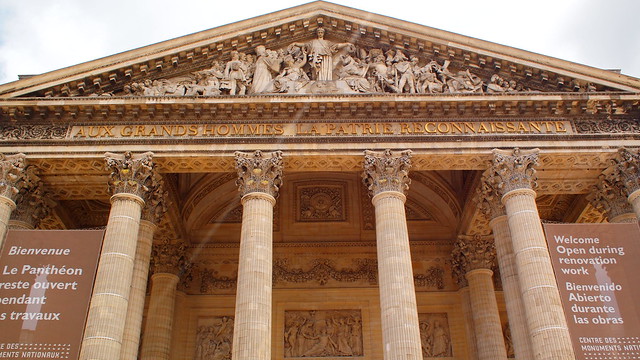
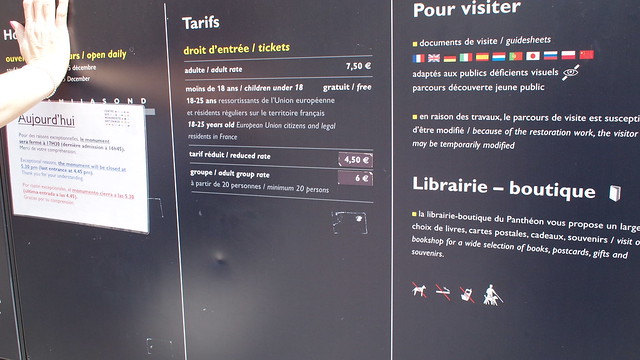
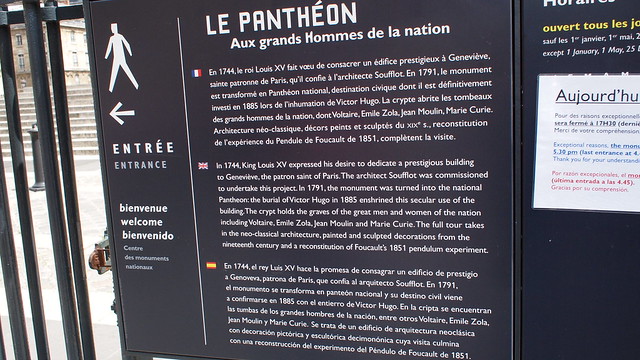
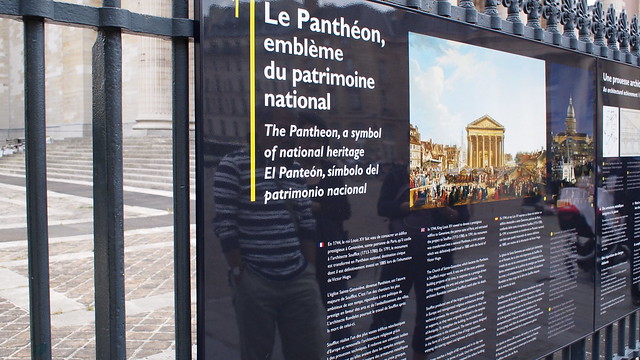
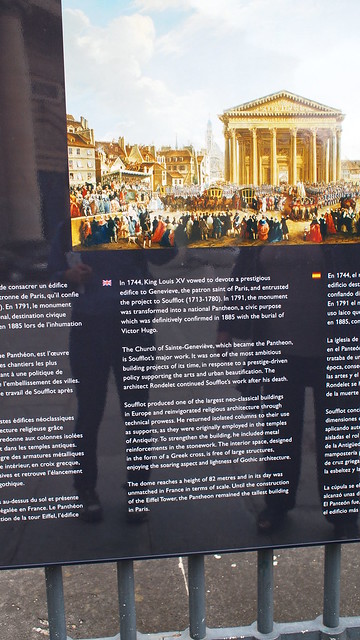
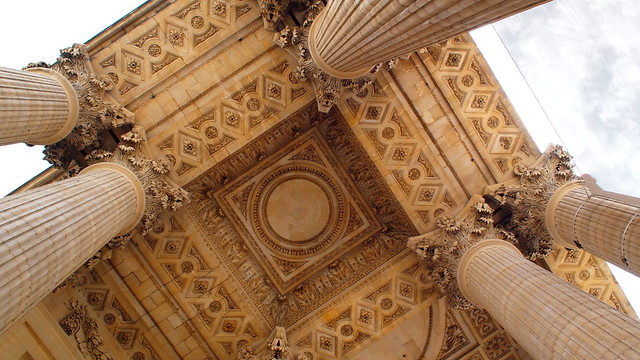
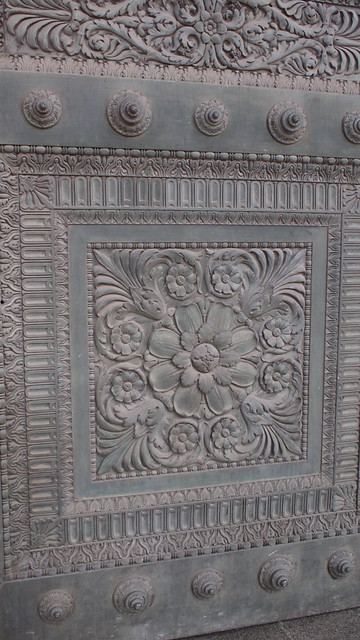
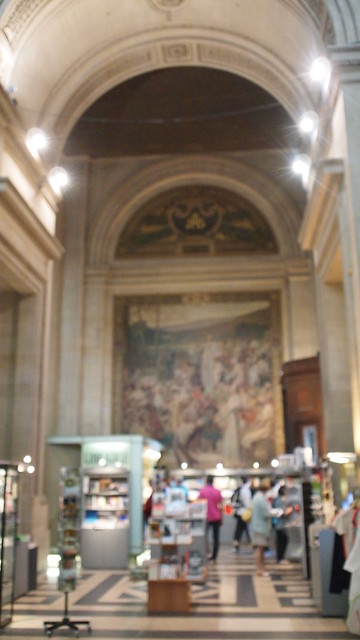
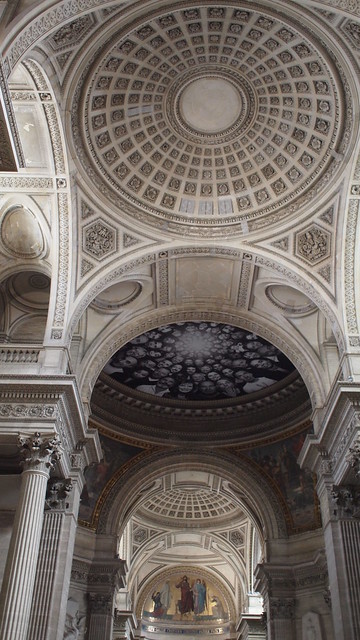
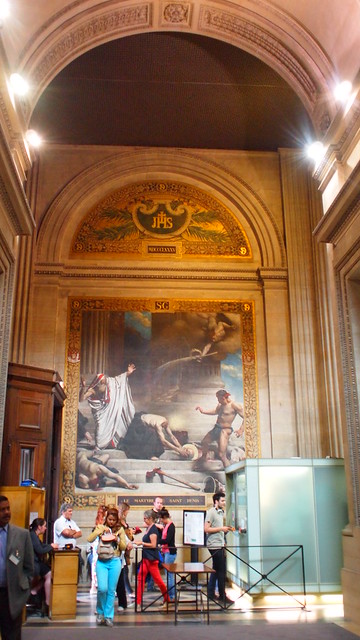
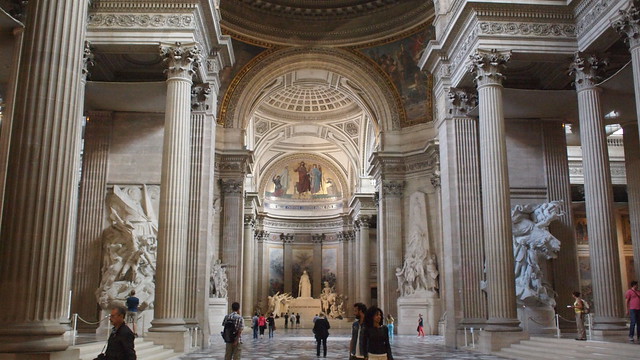
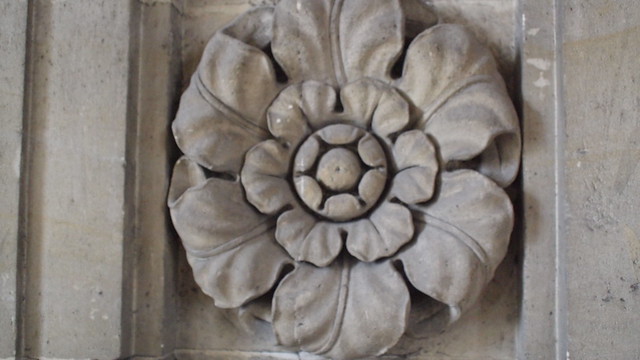
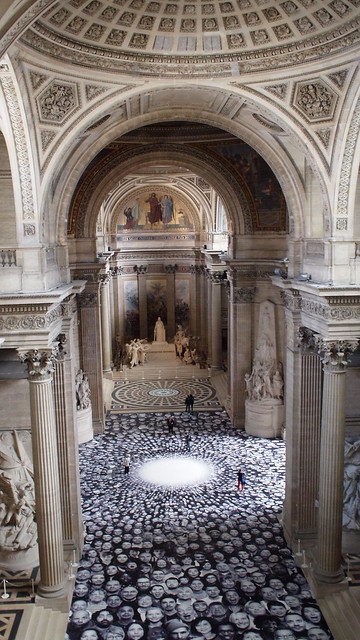

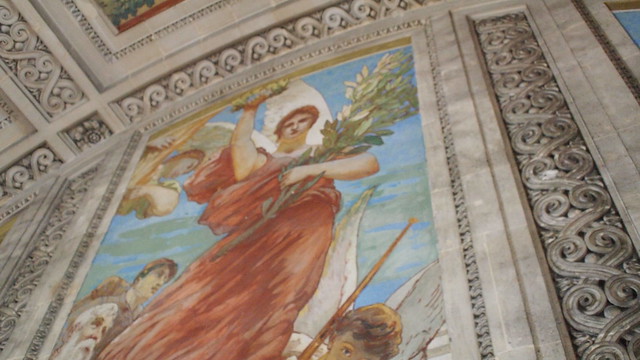
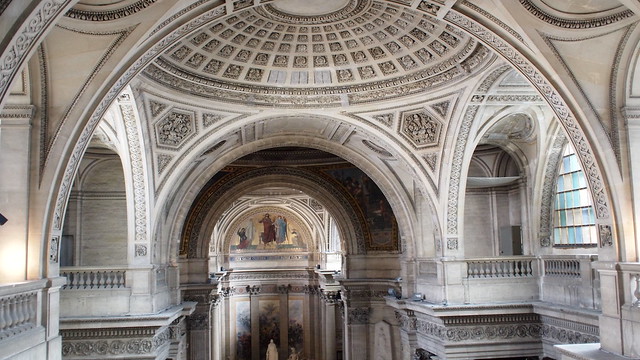
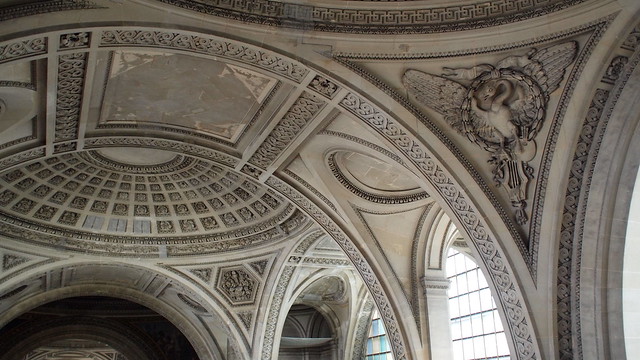
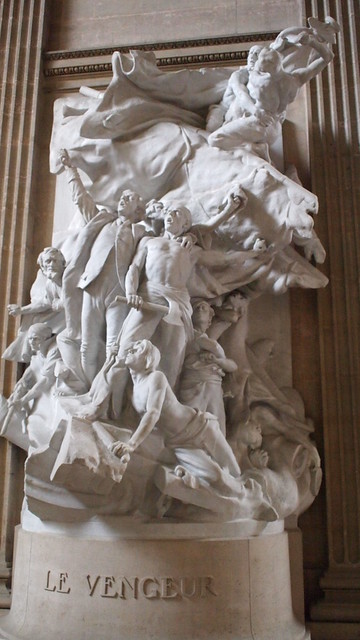
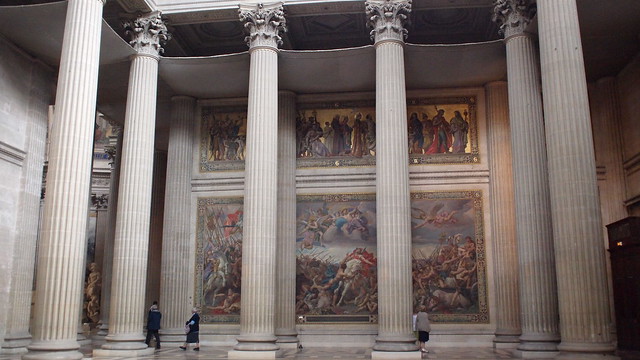
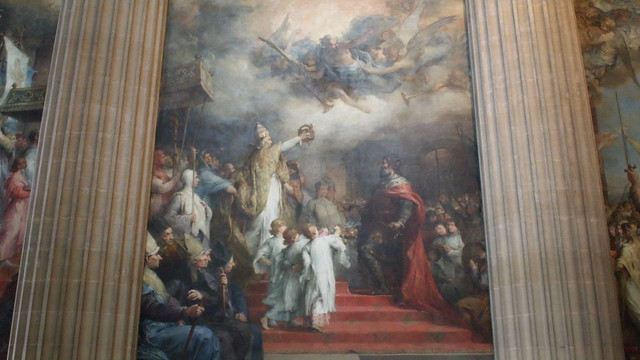
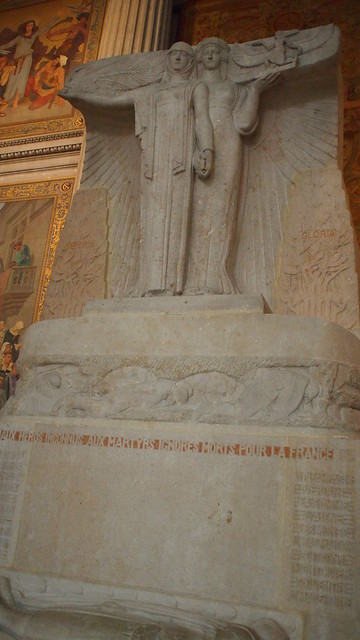

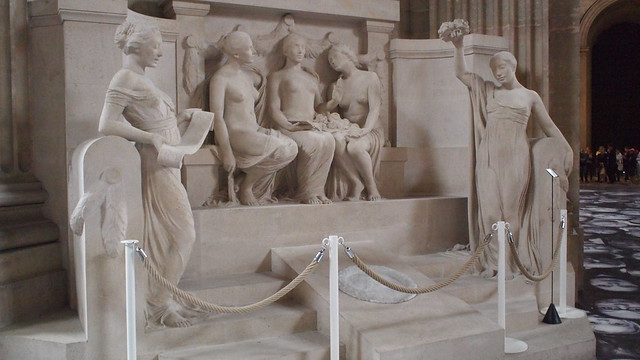
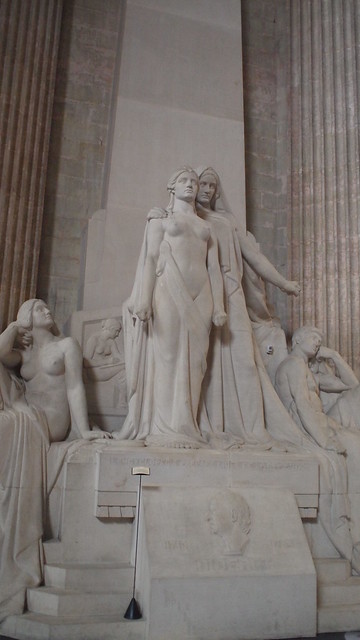
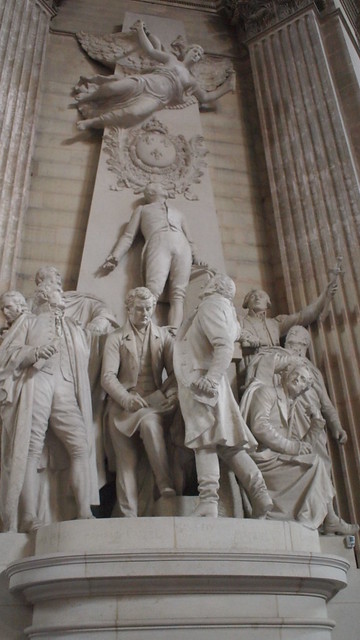
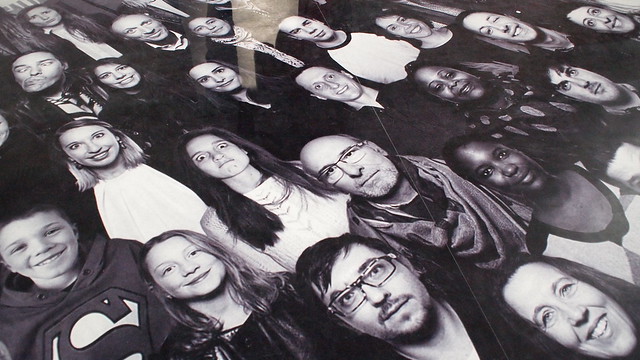
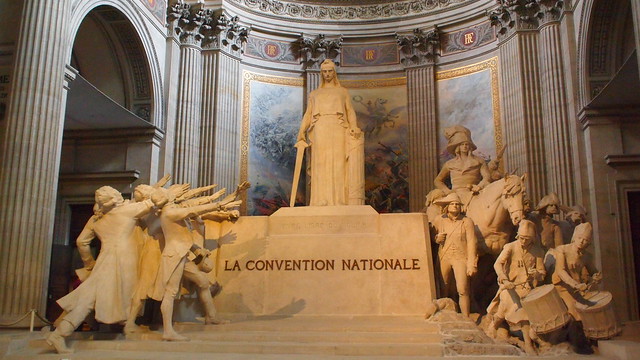
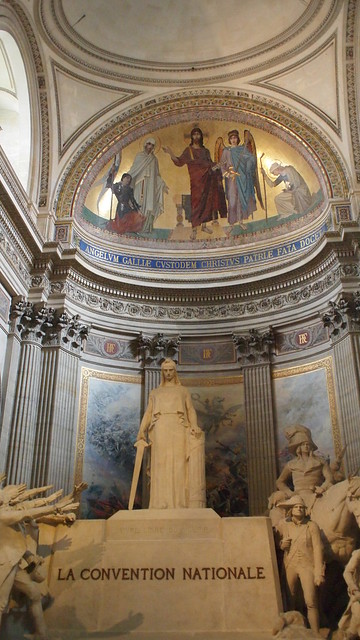
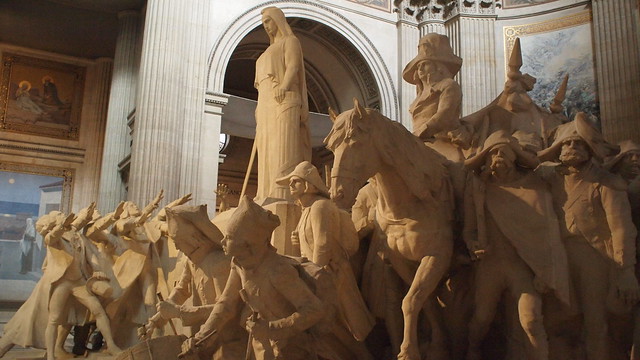
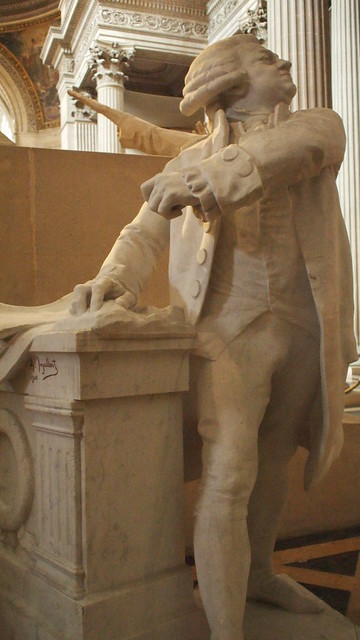
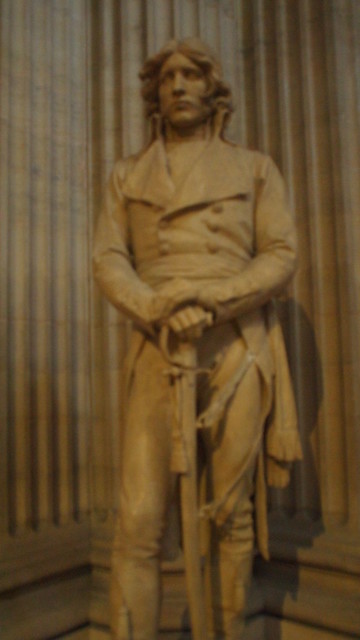

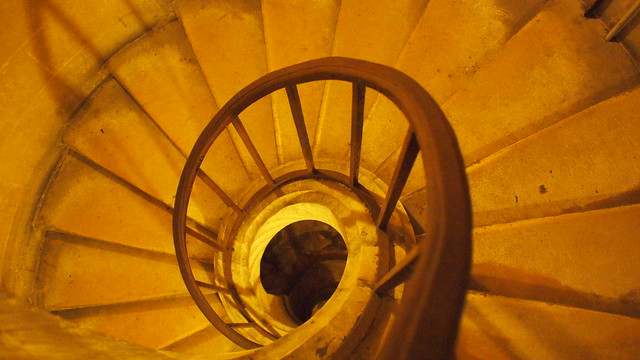
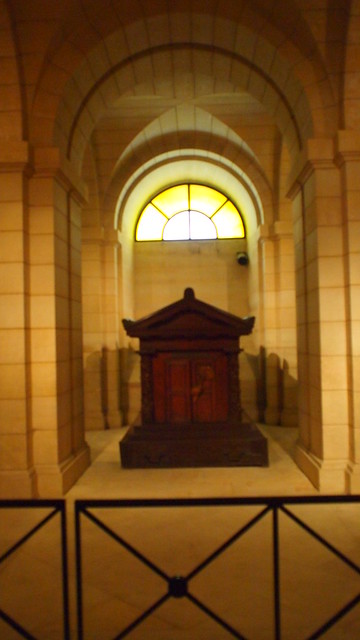


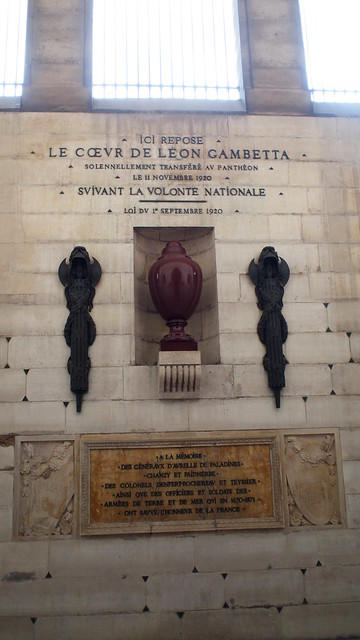
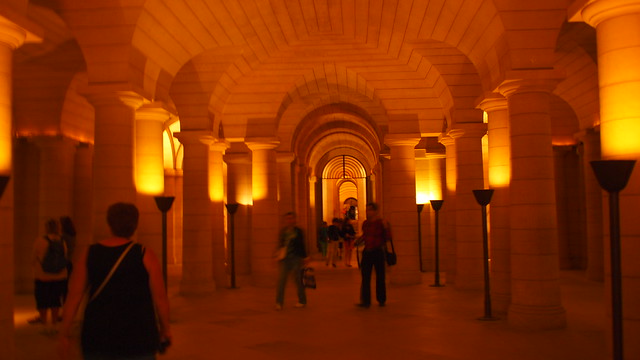

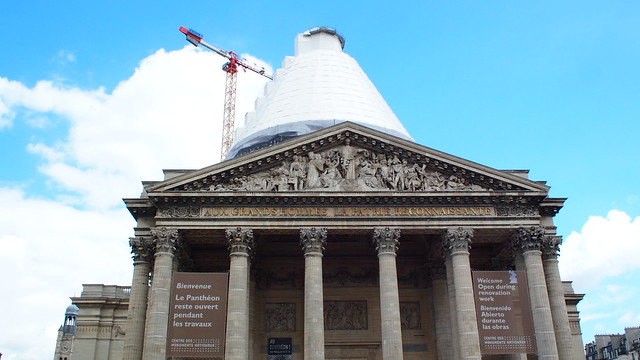
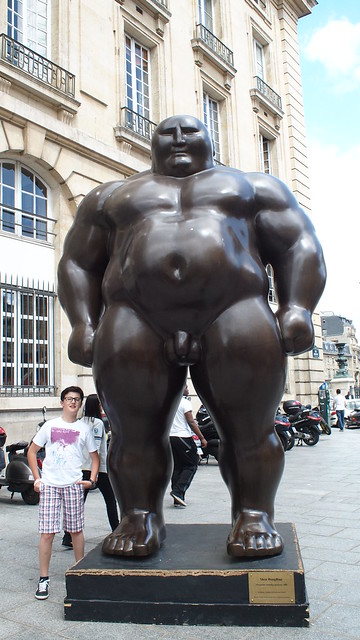

No comments:
Post a Comment